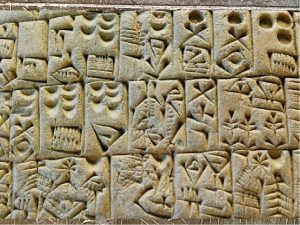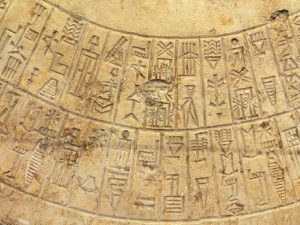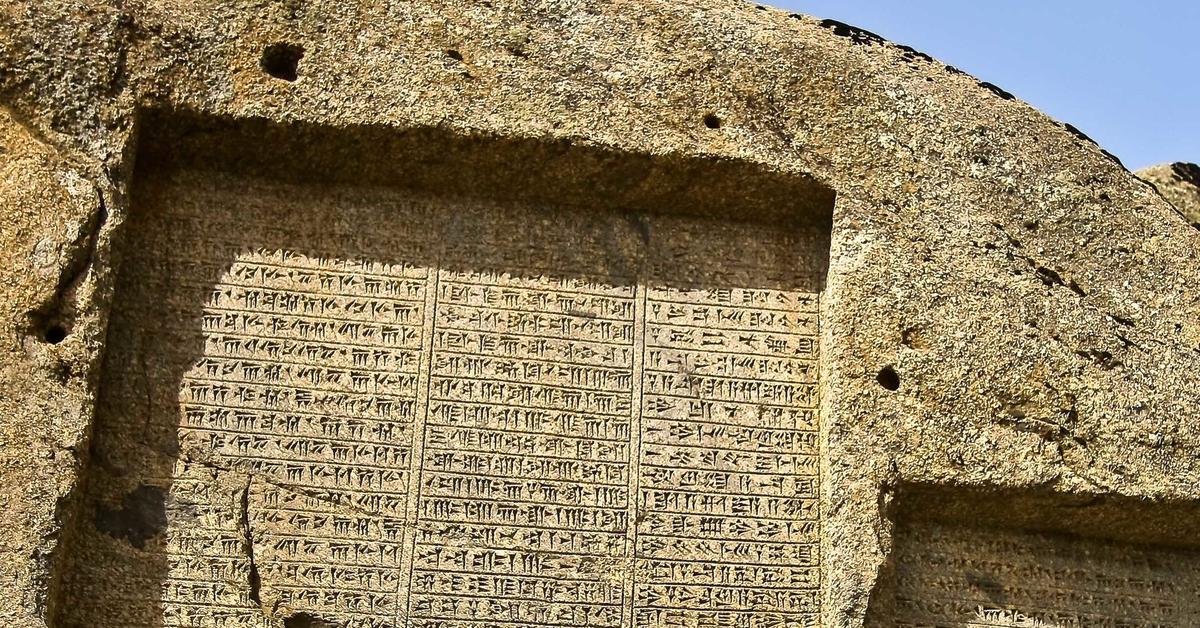The oldest language in the world was sign language. When people began to transmit information to each other through sounds and translation app for iphone is not known for certain. It is scientifically proven that the root language emerged in southern Europe at the end of the Ice Age about 13 – 16 thousand years ago, but since people due to the constantly changing climate often migrated, and some disappeared altogether in the ashes of history, it is impossible to establish in what language they communicated.
The first language confirmed in writing was that of the ancient Sumerians. It was in the area between the Tigris and the Euphrates rivers in the 4th millennium BC. It was the Sumerians who began to record spoken language on clay tablets, and thus cuneiform appeared. The term “Sumerian language” was introduced in the nineteenth century; the Sumerians called it their “mother tongue”.
The Sumerian language was replaced in the second millennium BC by the Akkadian language (second name Assyro-Babylonian)a and translate api pricing. As mentioned above, peoples were changing each other, some kingdoms disappeared, others appeared, so the Akkadian kingdom began to emerge near the Sumerian kingdom, which later absorbed it, and the Akkadians used the same cuneiform writing. The development of trade relations led to the fact that the Akkadian language became an official language of international relations, even found correspondence of Egyptian pharaohs with their trading partners in this language.
The language of Ancient Egypt has existed since the Early Kingdom from the 3rd millennium B.C. This is the period from which the first Egyptian scripts date. Egyptian writing lacks vowel sounds, so it is impossible to reproduce and understand precisely how the speakers of the language communicated with each other.
Elam language appeared in the territory of the modern Iran (Khuzestan and Lorestan provinces) in the kingdom of Elam in the 3rd millennium BC. Elamites had an original script, which consisted of a set of symbols, then the symbols were replaced by cuneiform writing.
Eblaite language, another dead language of the Semitic group. In the territory of Holeb and Hama in western Syria in the 3rd millennium B.C. was located the city of Ebla, where an entire library of 5,000 tablets with inscriptions in this language has been found.
Hurrian language was widespread in the area of the southern Armenian highlands in northern Mesopotamia, and existed from the 2nd to 1st millennium BC.
In 2200 BC the Minoan Kingdom arose on the island of Crete, which is considered the progenitor of the ancient Greek civilization and Greek language, when there was a volcanic eruption on the neighboring island, the people of Crete hurriedly left the island and settled in mainland Greece, where a mixture with the local language group occurred, so the Minoan language was completely displaced by the Greek language in the 5th century BC.




